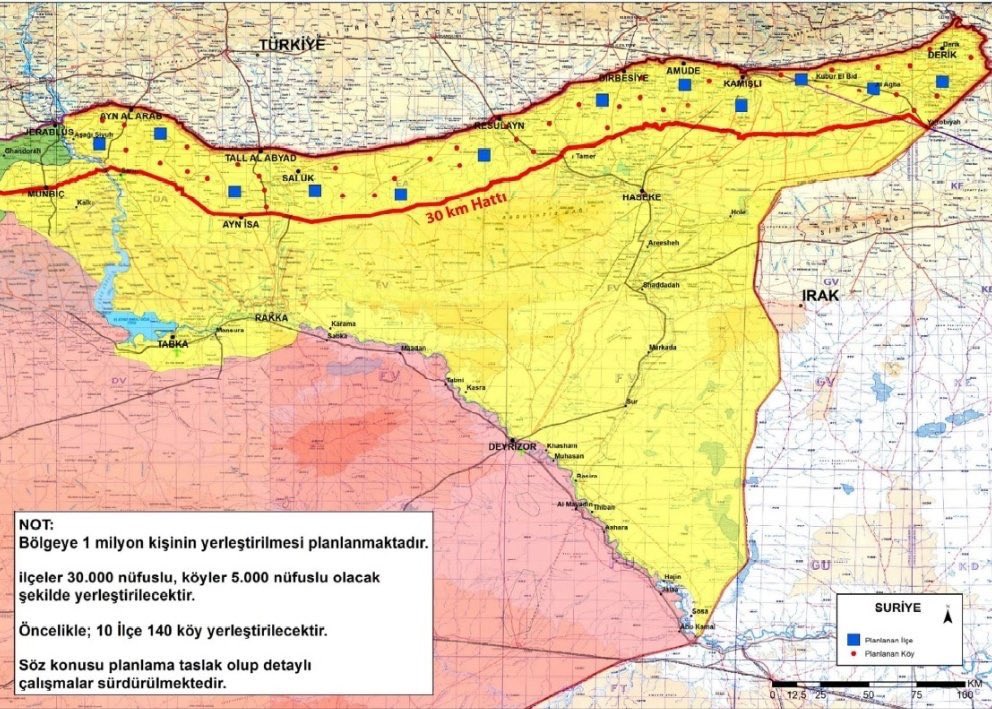so what better way to prepare than with a few thoughts on Luke 2.21–24, Levitical regulations, bodily discharge, and textual variants?
#ChristmasSermonsOnOffer
#RateOfCommissionTBC
——————
but it’s frequently overlooked in Christmas nativities and sermons.
One factor may be its unfamiliarity.
Many Westerners feel familiar enough with the events of Bethlehem (2.1–20).
But with the advent of 2.21, we’re plunged into much less familiar territory:
a temple, priests, Levitical regulations, purification rituals.
(Not, to my knowledge, the things of Yorkshire.)
Gone are the angels and the hustle and bustle of 2.1–20.
The shepherds have returned to their day jobs (2.20),
and Mary is now left to do what any devout Jewish mother would do in her situation:
——————
——————
While Jesus’ circumcision is in one sense an ordinary act, it is in another sense one of the most significant acts in world history.
For a start, it connects Jesus with the promise made to Abraham back in the mists of time,
In the course of Luke 2, Jesus is ‘born of a woman’ (γενόμενον ἐκ γυναικός) and ‘born under the law’ (γενόμενον ὑπὸ νόμον),
which, Paul tells us, is precisely what enables him to ‘redeem those under the law’.
——————
But, before we move on, it may be helpful to give some further thought to one of the above clauses, namely γενόμενον ἐκ γυναικός = ‘born of a woman’.
Aren’t most men born of women?
‘The restrictive clause in Job 14.1 makes us wonder,…Are there any humans *not* born of a woman?’.
Why? What is Paul’s point?
It is twofold.
First, Jesus was born into a fallen creation.
Yet, in Gal. 4.4, Paul puts Jesus in a different category to Adam. Adam wasn’t born into a fallen world; Jesus was.
If Paul simply wanted to refer to Jesus as fully man, he could have employed a more natural phrase, such as ‘born of flesh and blood’ or ‘begotten of man’.
But of course these things weren’t true of Jesus. Jesus was born of a virgin.
In his ontology/genealogy, Jesus was insulated from Adam’s curse, yet, in his experience, he was anything *but* insulated.
As we’ll see, these same two notions are hinted at by Luke.
Where does Moses mention the purification of anyone apart from the woman who’s given birth?
The answer: he doesn’t. (Or at least not explicitly.)
As a result, Luke has been described as ‘confused about Jewish law’,
Her period of impurity consists of two stages:
🔹 For 7 days, the yoledet has the status of a menstruant woman (נִדָּה)—that is to say, she is ‘unclean’ (טמא).
The regulations of Lev. 12 therefore seem clear enough insofar as they go.
Is the child also deemed impure? And, if so, might Luke have the child’s impurity in mind in 2.22?
And, significantly, it’s a notion whose origins lie not in Christian apologetic works,
The main points in its favour can be summarised as follows:
And it would seem odd for a newborn child to be immune to ceremonial impurity for some reasons.
After Job’s reference to ‘a man who is born of a woman’ (cf. above), Job asks, ‘Who can bring what is clean out of what is unclean?’ (Job 14.4), the answer to which is ‘No one!’.
The ‘default view’ of Leviticus’s original readership may, therefore, have been to view newborn children as impure in some way,

since, in Section 5, the child is posited to be the *source* of its mother’s uncleanness (הוא מטמא את אמו).
sefaria.org/Sifra%2C_Tazri…
The Garden is said to be the holiest place on earth.
As a result, Adam is not allowed to enter the Garden for the first 40 days of his life,
The reason why is not explicitly stated, though is said to concern a birth related law of some kind.
Neither Adam nor Eve have given birth to anyone.
Only one explanatory option therefore remains:
——————
In sum, then, newborn children are likely to have been deemed ceremonially impure—and hence in need of purification—by at least certain sects in Judaism in Jesus’ day (presumably the stricter ones).
More precisely, our text may reflect how stricter sects would have viewed the ritual described in Luke 2.22, i.e., as a ritual which purified both mother and child.
#TextCriticalHelpNeeded
——————
Suppose, then, the above claims are correct. What follows?
Well, the thrust of Luke’s gospel of course remains the same.
But, within its super-structure, the text of Luke 2.22 takes on a slightly different nuance.
Jesus is born into a fallen world and, like everyone else, is affected by its impurity (cp. our discussion of Gal. 4.4 above).
And, of course, for Luke, that is a highly significant notion.
Consider, by way of background, two particular features of Luke’s gospel.
At both ends of the text, we have an expectant group of believers congregated in the Temple, a priest who lifts his hands aloft, and the Spirit outpoured on God’s people.
And, on the Dual Purification View, it is precisely what the text of 2.22 emphasises.
🔹 It is Luke alone who has the criminal on the cross declare, ‘This man has done nothing wrong!’ (23.42).












